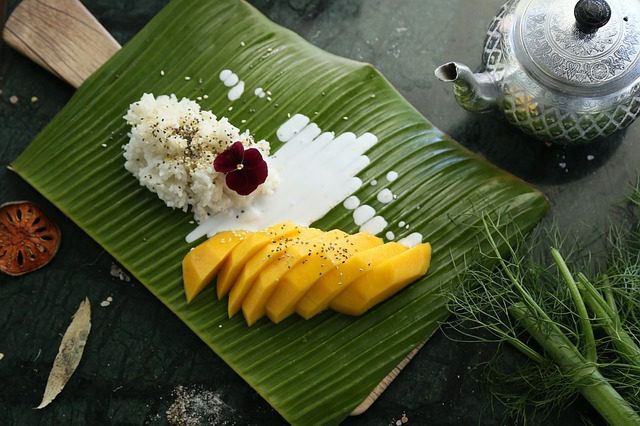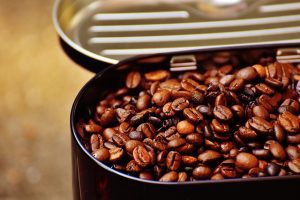One of the reasons rice is so versatile is that there are many varieties. That’s also why Asia is too broad of a term to talk about the origins of this ingredient. There are different rice varieties depending on the region or the area in this wide continent. Rice pudding or Khao Niao as it is called in Thailand is a favorite.
In the case of Southeast Asia, the most common type found is Jasmine rice, a long-grain variety that has an amazing characteristic: when you cook it, it fills the room with this distinguished aroma. And this leads to one of the characteristics of Thai food or gastronomy: the combination of flavors and textures. This type of rice is a staple because it’s the star in dishes that combine sweet and salty flavors. It’s used in most dishes in Thailand.
Table of Contents
Cooking Jasmine rice
Even though it’s central to production and consumption in that area, Jasmine rice has been recently taken and welcomed by other cuisines worldwide. The most common question that arises is how to make jasmine rice. To get that aromatic feature, steaming the rice is the best option.
If you want to remain faithful to Thai culture, you may want to get a traditional bamboo cone steamer. In that case, when cooking the rice, you’ll need to flip it halfway to make sure it cooks evenly.
You can also use a normal steamer, in which case, you’ll need a piece of cloth to fully cover the rice. In this case, flipping the rice is not necessary. Now that we have made this clear let’s get to the Khao Niao recipe.
Ingredients:
- 1 cup of Jasmine rice.
- ⅔ cup of coconut milk.
- ½ tbsp. of salt.
- ½ cup of sugar.
- ½ cup of coconut milk.
- ¼ tbsp of salt.
- 1 tbsp of rice flour.
- 1 tbsp of water.
- 2 mangos.
Preparation:
- Wash and rinse the rice to get rid of the extra starchiness. Repeat until water comes off clear. Once it’s done, let the rice soak in water overnight or for at least four hours. After that time, gently drain it and make sure there’s no water left.
- You’ll need a steamer and a cloth. Fill the down section with water and, on the upper section, place the cloth and pour the rice inside. Cover the rice up with the cloth by folding the edges. Cook for thirty minutes. You won’t need to flip it.
- As for the coconut syrup, take a pot and pour the coconut milk, the sugar, and half a teaspoon of salt. Place the pot on low heat. Stir and mix until the sugar is fully dissolved. Make sure this is done before the rice is fully cooked. Once you finish, set it aside and cover it with a lid to keep it warm.
- To get the salty part of the recipe on point, you will make a coconut sauce. Take a pot and pour in half a cup of coconut milk.
- In a small container, mix one tablespoon of rice flour with a tablespoon of water. Mix and dissolve and pour it together with the coconut milk. Add just a pinch of salt and give everything a good mix.
- Bring the mixture to a boil and stir often to avoid any risk of sticking to the bottom. Once the liquid starts bubbling, turn the heat off. The mixture should have thickened by now.
- Once the rice is finished, pour it into a big bowl and pour the syrup over it. Mix and combine the ingredients and cover the bowl with some foil. Place a lid over the bowl and let that mixture sit for twenty minutes so that the rice absorbs all the liquid.
- After that time, flip the rice over and stir the mixture.
- Peel as many mangoes as you’ll serve and slice them thinly. Place them on a plate and serve a spoon of the Khao Niao next to it.
Extra tip:
To make it the Khao Niao a little bit crunchier, you can use mung beans. You’ll want to rinse the beans and cook them before adding them to the mixture. Bring the pot to a boil, and then let them sit for ten more minutes. Toast them over a pan, and they’re done!
Plan a trip to Thailand and experience the cuisine and see the sights.
Featured Image by Huahom from Pixabay




